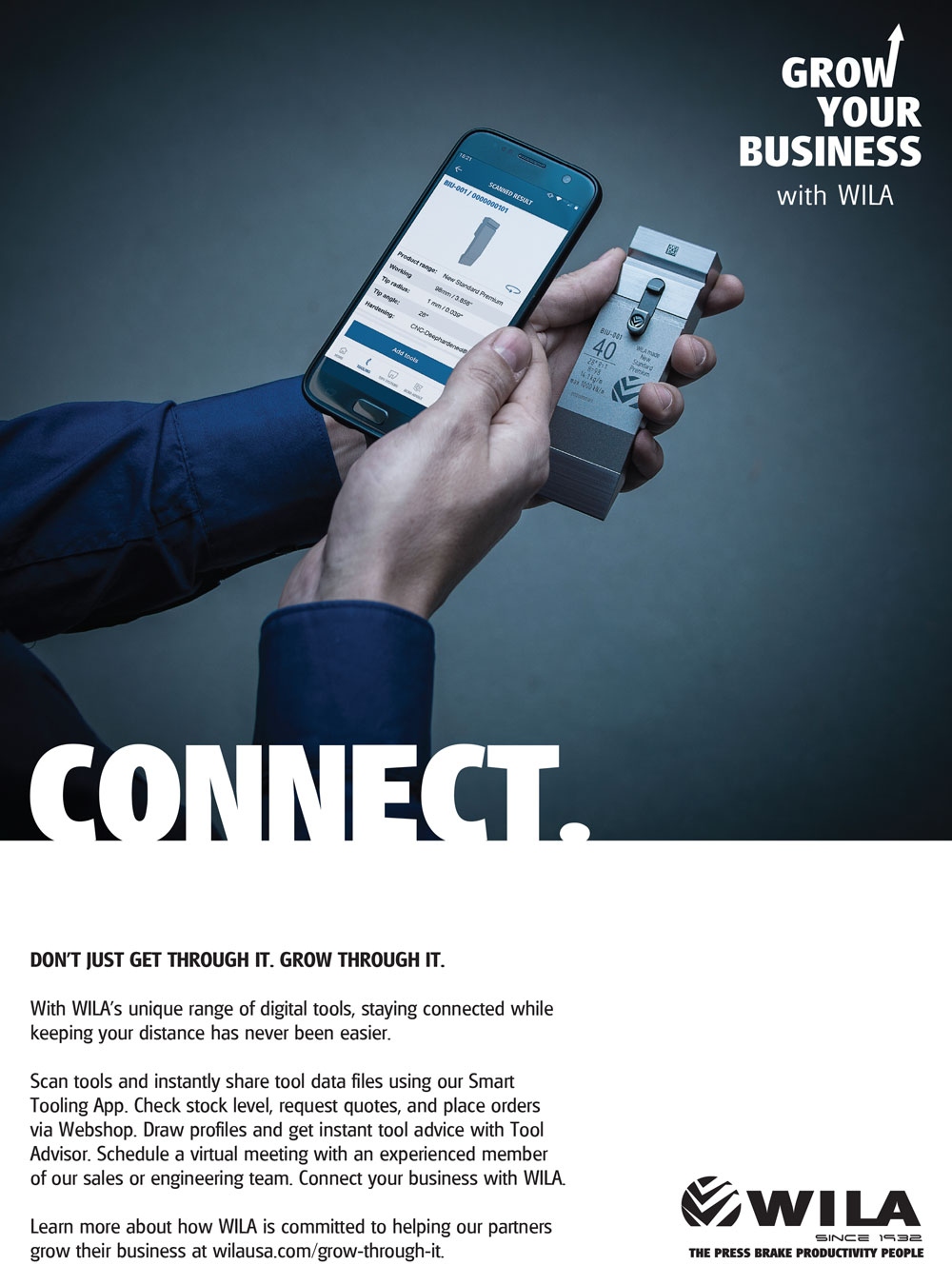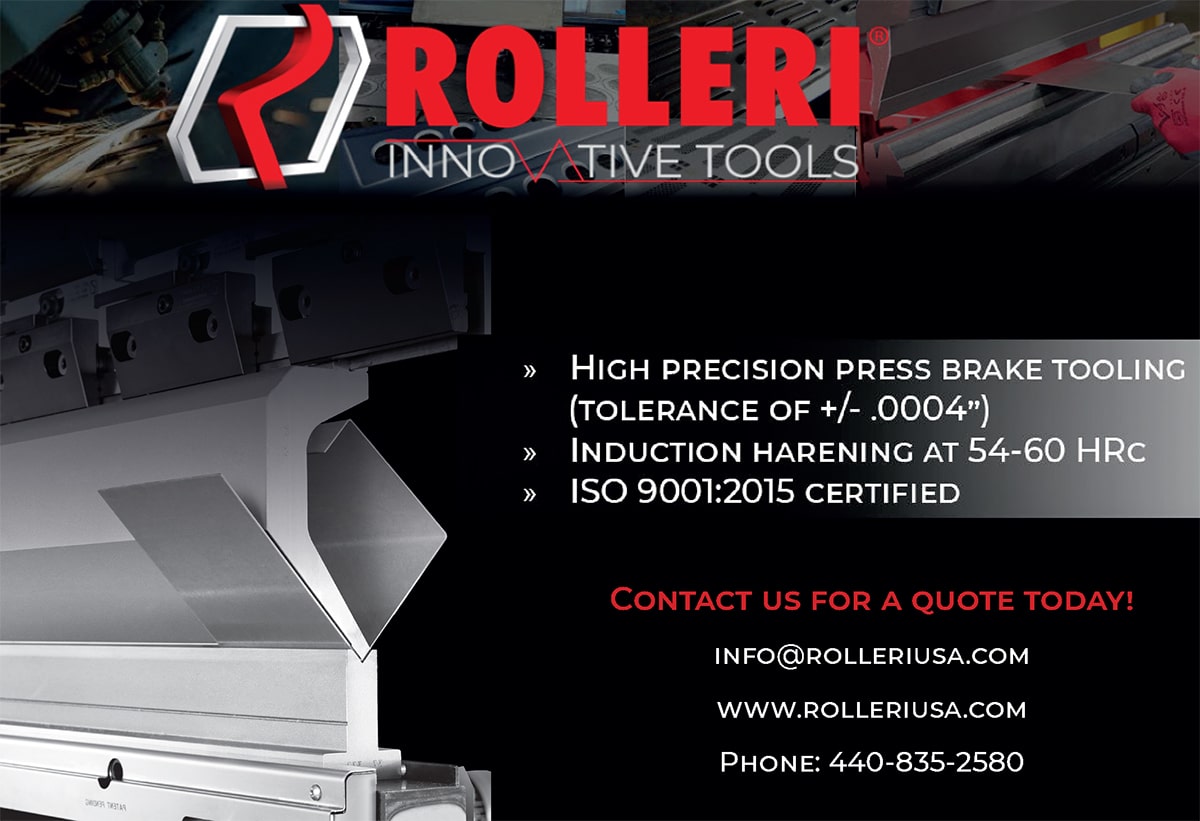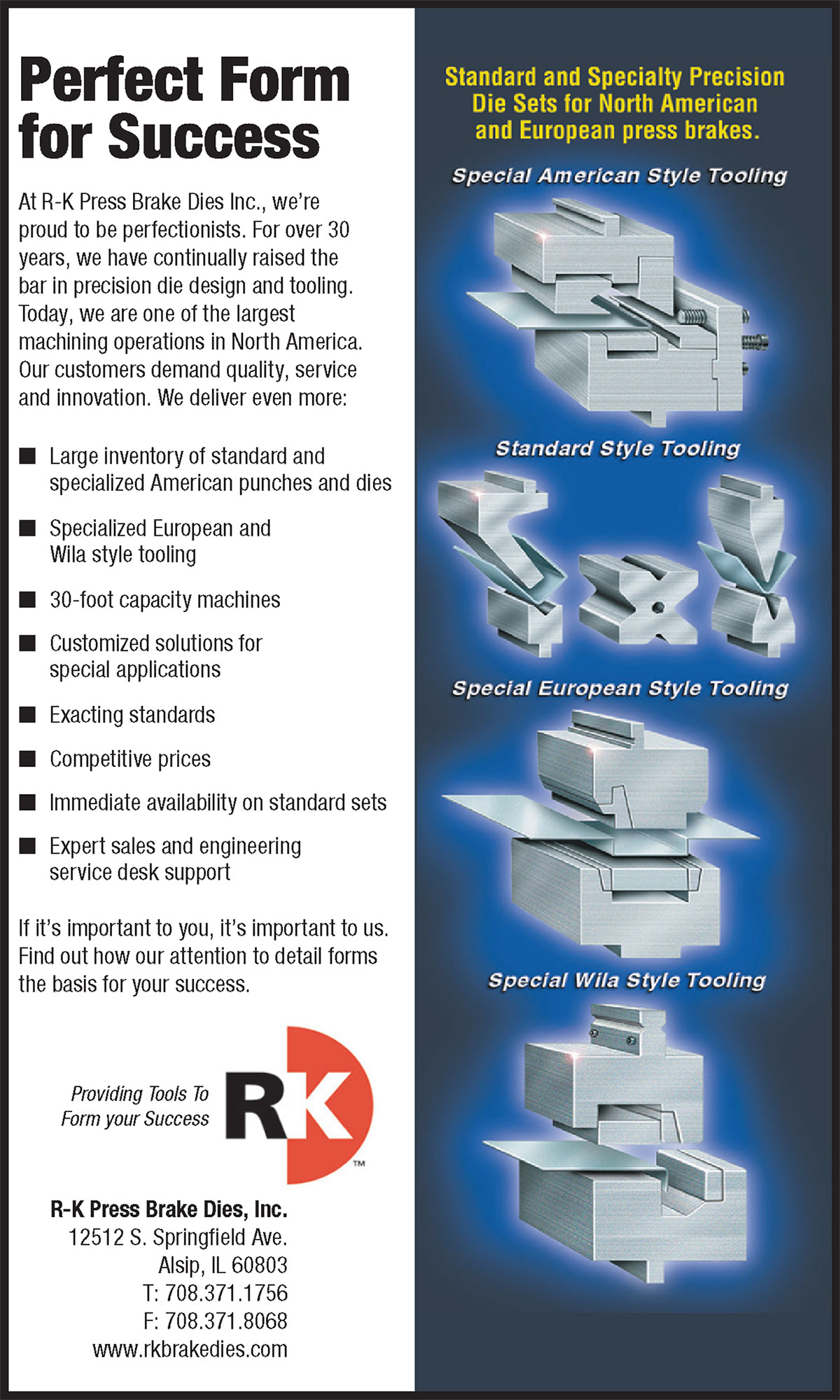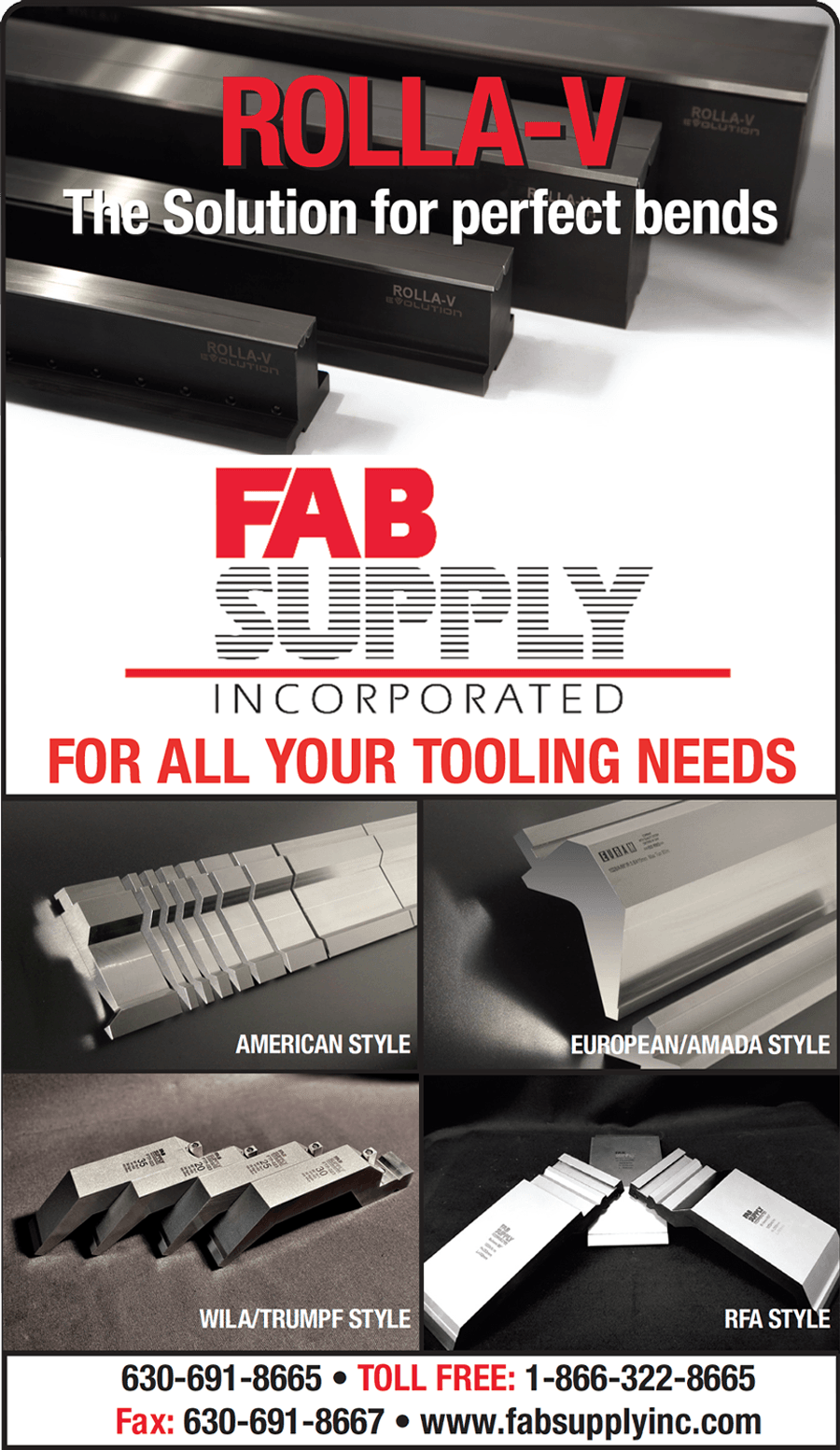or most people, “throwing in the towel” means to quit. The idiom derives from the boxing ring of the 1900s when a trainer threw a towel into the ring to signal early defeat. Today, the ritual is still used in professional boxing but the referee has the option to throw the towel back to the trainer if he thinks the decision to quit is premature.
When it comes to determining whether a legacy press brake can go another few rounds, Bill Helinski, president of Automec Inc., says, “You don’t have to throw in the towel on your existing press brake. If a machine meets required tolerances and accuracy, a retrofit project can give you virtually everything you would get on a new press brake at a significantly lower cost.”
The Waltham, Massachusetts-based company has been retrofitting press brakes for more than 50 years—“before the machines had computer numerical control (CNC) or back-gauge systems.”
“We’ve built our business on installing CNC controls and back-gauges on equipment that didn’t have them,” says Helinski.
Automec manufactures and sells computerized gauging systems for press brakes, shears, saws and punches. In 2017, Automec became a certified U.S. dealer of CoastOne servo-electric press brakes, tapping and insertion machines. The company also established an OEM partnership with Standard Industrial for hydraulic press brakes and shears. Automec’s broad customer base ranges from mom-and-pop shops to large corporations.
![Blair Lichtenstein, left, Jack Manning and Bill Helinski with Automec’s G30 servo-electric press brake Blair Lichtenstein, left, Jack Manning and Bill Helinski with Automec’s G30 servo-electric press brake [100-ton, 10-ft. bed].](https://digital.ffjournal.net/wp-content/uploads/2020/09/modify-it-img01.jpg)
Upgrades incorporate most of the advances one would find on a new press brake from a tool library and angle modes for ram programming, to graphical simulation and networking. The retrofit market segment comprises the bulk of Automec’s business, and its team’s knowledge and field experience has proved particularly valuable to customers during the pandemic. The manufacturer has seen a marked increase in purchase orders for retrofits.
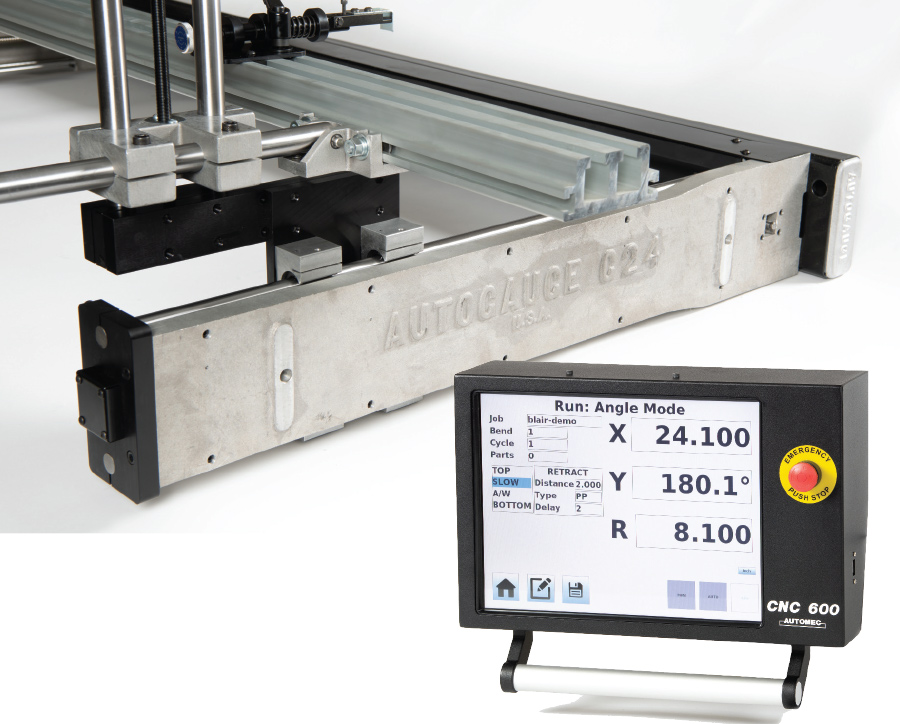
To determine if a press brake is a candidate for an upgrade, Automec helps customers evaluate current equipment.
“One of the first questions we ask is whether or not the press brake is meeting tolerances,” Helinski says. “Is it accurate and precise enough? If so, we can talk about retrofitting. We’re very green [environmentally conscientious] with our practices so using what a customer has is always our first option. But if the answer is no, then we are able to talk with them about a new machine.”
Automec’s CoastOne fully electric servo-driven press brakes—from a 3-ft.-long bed, 25-ton model up to a 13.5-ft. bed, 150-ton model—use a direct-drive system that eliminates belts and pulleys. Since servo motors are directly tied to ball screws to administer force, the ram monitors encoders on each drive. This contrasts with conventional designs, which monitor only linear scales on the press brake side-frames. “That means we can achieve an accuracy/repeatability rating of 0.000079 in.,” Helinski says.
 We recognized the value of legacy equipment to customers.
We recognized the value of legacy equipment to customers. 
“Operators are beginning to realize that they don’t need a 14-ft. press brake to bend a 2-in. bracket,” Helinski says. “We offer a small electric press brake that is gaining momentum because of its flexibility. Even if a customer needs a larger machine, they often can justify putting a small press brake next to a larger machine to handle those small parts.”
User-friendly programming and a flexible tool system complement the production of repeatable parts.
Bottom bending presses sheet against a V-shaped die. Coining compresses sheet metal between a top and bottom die and uses up to 30 times more pressure than air bending.
“A customer that needs to produce large quantities of repeatable parts can benefit from a high-precision electric press brake, but should also use precision tooling,” he says. “You don’t want to coin or bottom bend on an electric press brake. With air bending and acute tooling, you use a sharper tool that is capable of just pushing material to a certain die depth to achieve your angle, instead of forcing sheet metal all the way down to the bottom of the die. The benefit is that you gain the part shape you need quickly and accurately, without over travel of the ram or tool damage,” Helinski explains.
With a trend moving toward high-precision bending with electric press brakes, Automec has observed another benefit.
“We see companies looking for higher education in the area of programming,” says Helinski. “It’s becoming increasingly difficult to find a traditional press brake operator who is an artist with metal. Instead we’re seeing college-educated engineers entering the field who want to program press brakes from the office and send a finished job to the operator. Companies are realizing the productivity gains they can make with this approach as well as the cost savings.”
automec.com.

